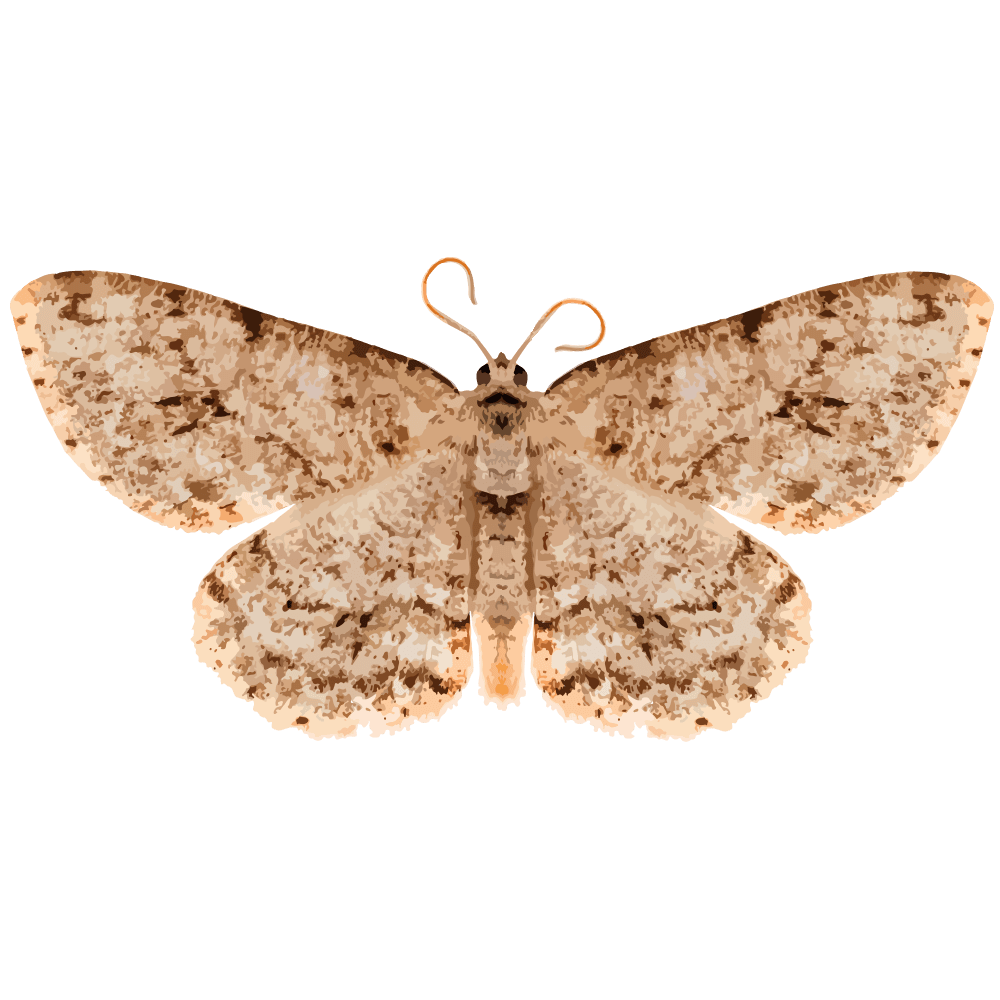


| Latin Name | Ectropis obliqua |
| Common Name | Tea geometrid moth |
| Biology | Adult moths are nocturnal and phototactic, ovipositing on the undersides of tea leaves. Larvae feed on tea foliage: early instars chew mesophyll, creating translucent blotches, while later instars consume notched edges—severely defoliating entire plants and impacting tea yield and quality. This pest produces 5-6 generations annually, overwintering as pupae in soil. |
| Damage | This pest primarily damages tea plants. |
| Distribution Regions | East Asia |
| Monitoring | Pheromone lures mimic natural sex pheromones to attract male insects into specialized traps for population monitoring and suppression. As a core IPM component, monitoring enables early risk detection and targeted control. Mass trapping reduces mating opportunities to curb offspring populations. Protocols: ●Use only with matched traps. ●15-45 traps/hectare,replace/replenish every 4-6 weeks. ●Wear gloves or wash hands with detergent when switching lure types. ●Refer to trap-specific hanging instructions. |
| Recommended Traps | Delta Trap, Wing Trap |

Comparta su información de contacto para recibir soluciones de feromonas de precisión. En caso de que nuestra cartera existente no se adapte de forma óptima, nuestro equipo de química sintética iniciará el desarrollo personalizado, desde el diseño de la estructura molecular hasta la producción a escala.